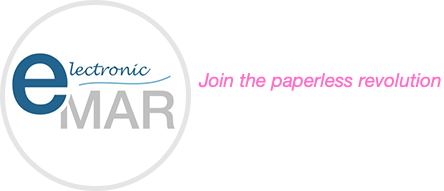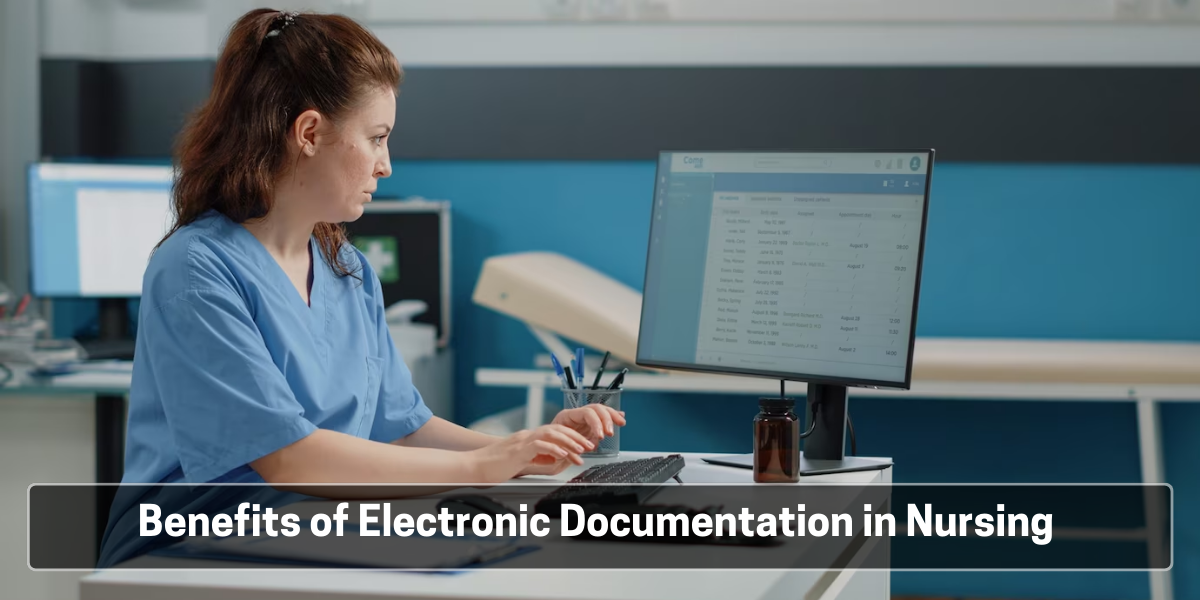In the swiftly evolving landscape of healthcare, electronic documentation has emerged as an indispensable asset for nursing professionals. Utilising this technology can radically transform patient care, improve efficiency, and make healthcare procedures more seamless. Here, we explore some of the benefits of electronic documentation in the nursing field:
- Time is of the essence in healthcare. Electronic documentation liberates professionals from navigating cumbersome files and physical records. The intuitive software enables effortless perusal of medical histories, thus saving crucial time that can be better spent on direct patient care.
- With electronic documentation, healthcare professionals are no longer bound by the constraints of a physical location. Remote access capabilities mean one can record observations, retrieve patient data, or collaborate with their team irrespective of their location, thereby ensuring that high-quality care is consistently delivered.
- One of the prime objectives of healthcare providers is to ensure the safety and well-being of patients. Automated alerts within the electronic documentation system act as an invaluable ally, helping one avert medication errors, allergic reactions, or potential drug interactions. Consistent monitoring of vital signs and patient conditions allows for immediate intervention, thereby mitigating potential complications.
- Collaboration is a cornerstone in nursing practice. Using electronic documents helps healthcare teams work together better. When everyone can quickly see important information about a patient, it’s easier to communicate and make sure the patient gets the care they need without any interruptions or mix-ups.
- The transition from handwritten notes to electronic documentation marks a significant step towards data accuracy and reliability. This eliminates transcription errors and provides a robust platform for trend analysis and informed decision-making.
- It allows healthcare professionals to monitor various activities within the system, specifying which tasks have been executed, by whom, and at what time. Such detailed tracking ensures accountability and traceability throughout the entire workflow, making it an indispensable tool for management.
- Paper-based documents come with a host of risks and limitations. They can easily go missing, be misplaced, or even disappear entirely, never to be seen again. The absence of robust backup systems means that these physical documents, once lost, stolen, or destroyed, are irreplaceable. On the other hand, electronic documents offer a far more secure and resilient alternative. Digital files can be securely stored on various devices such as hard drives, smartphones, and cloud storage services. These storage methods are not only easily portable but also allow for convenient access at any time, from any place.
The electronic medication administration record (eMAR) is a specialised type of electronic documentation focusing specifically on medication administration. eMAR aims to reduce or eliminate medication errors, thereby increasing patient safety and improving treatment outcomes. eMAR systems often feature functionalities such as real-time alerts for potential medication interactions, reminders for medication administration times, and digital records of exactly when and by whom medication was administered.







